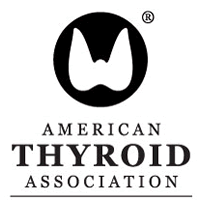Abstract
Purpose
Eltrombopag is indicated in patients with severe aplastic anemia (SAA) refractory to prior immunosuppressive therapy. The combination of eltrombopag and immunosuppressive therapy (such as cyclosporine) is currently being evaluated in patients with treatment-naive SAA. Cyclosporine is a human breast cancer resistance protein (BCRP) inhibitor, and can potentially alter plasma exposure to eltrombopag, a BCRP substrate. This phase 1, open-label, randomized, 3-period, crossover study evaluated the effect of cyclosporine on the pharmacokinetics of eltrombopag in healthy adults.
Methods
Thirty-nine subjects were randomized to either single dose of eltrombopag 50 mg, cyclosporine 200 mg + eltrombopag 50 mg or cyclosporine 600 mg + eltrombopag 50 mg treatment groups. Eltrombopag pharmacokinetic parameters (Cmax, tmax, AUClast, AUCinf, %AUCex, t1/2, and CL/F) were determined using noncompartmental methods.
Results
Geometric mean AUCinf, AUClast, and Cmax, were decreased by 18, 20, and 25%, respectively, for cyclosporine 200 mg + eltrombopag and by 24, 22, and 39%, respectively, for cyclosporine 600 mg + eltrombopag groups compared to the eltrombopag alone group. The median tmax was prolonged by ~ 1 h in both coadministration treatments. The geometric mean t1/2 was ≈ 21, ≈ 24, and ≈ 26 h, respectively, in cyclosporine 200 mg + eltrombopag, cyclosporine 600 mg + eltrombopag and eltrombopag alone groups. All the treatments were safe and well-tolerated. No serious adverse event or death was reported during the study.
Conclusion
These changes in exposure were not considered clinically meaningful as the dose of eltrombopag is adjusted using within-patient dose titration based on platelet counts.
https://ift.tt/2Ph6ybY

